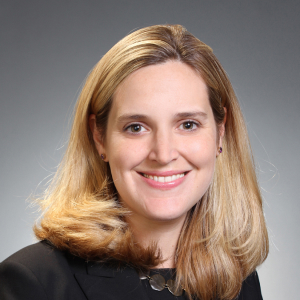What is a custom solution?
A custom solution at HarbourVest is a private markets investment program crafted to meet the specific needs of a single investor. These separately managed accounts — or SMAs — may deploy capital in single or multiple investment strategies, vary in duration, and include a specialized suite of operational and administrative services.
Why consider a custom solution?
Our SMA clients enjoy the simplicity of accessing private markets — and the potential outperformance they can provide — through a single, streamlined fund structure. SMAs can provide administrative ease; instead of vetting multiple managers, reviewing dozens of legal agreements, and overseeing a stream of capital calls and distributions, our clients make one thoughtful, strategic decision to choose the right manager to fit their needs up front. After that, our team goes to work, which means the client’s frequency of capital calls and distributions is materially reduced; single line-item reporting is provided; and the process of managing complex legal and tax sensitivities is simplified.
As of 12/31/24
Our approach to custom solutions
HarbourVest has been creating bespoke and tailored solutions to address client objectives for more than three decades. Much as an architect would engage with their client to design and build a custom home, we partner with our clients to understand their goals and assess how we will help them meet their objectives. We then construct what we believe to be the optimal investment solution based on these insights.
We offer multi-strategy portfolio construction, portfolio monitoring, reporting and administration, tailored client service, and comprehensive knowledge transfer programs. We have a strong toolbox to help our clients that is rooted in the depth and breadth of our expertise in private markets.


Investors: Why consider HarbourVest?
Contact us
All fields with an asterisk (*) are required.


